In recent days there has been a torrent of reporting in the UK media regarding the harms of lockdown and protective measures, however when the details are examined the reality doesn’t match the headlines.
The Daily Mail took the lead but many other outlets are also quoting CMO Chris Whitty as having said that the UK faces prolonged excess deaths because of lockdown.

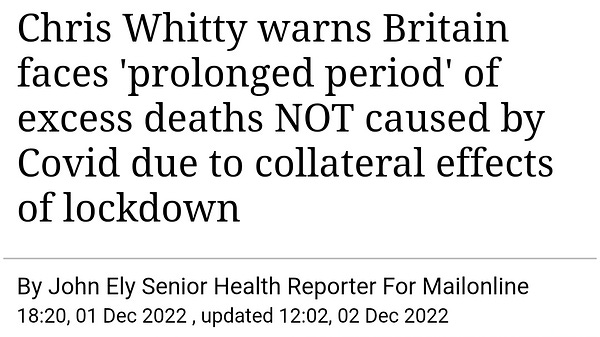
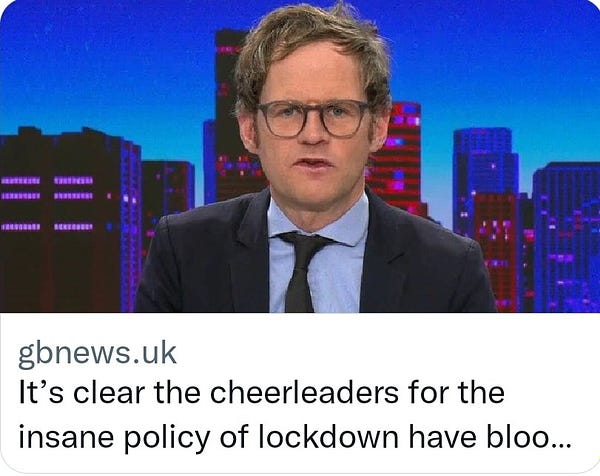
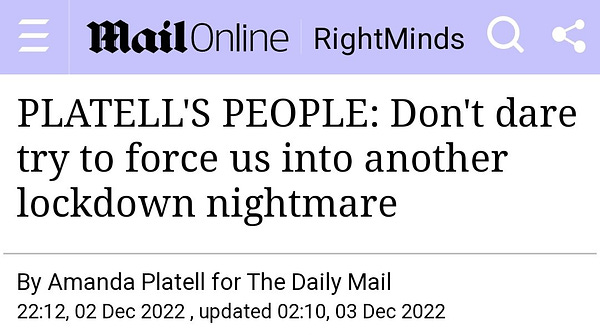
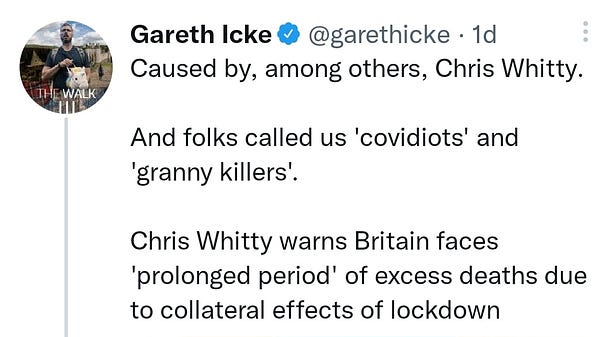

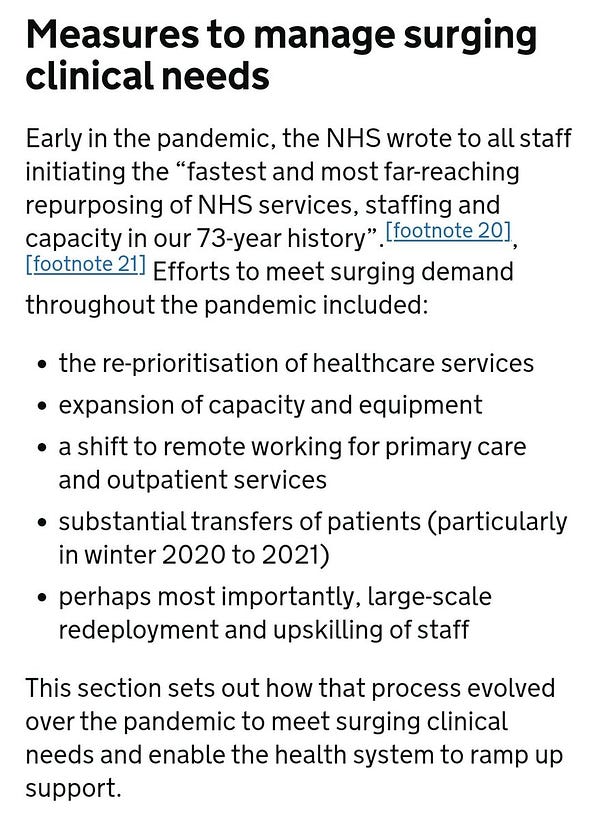
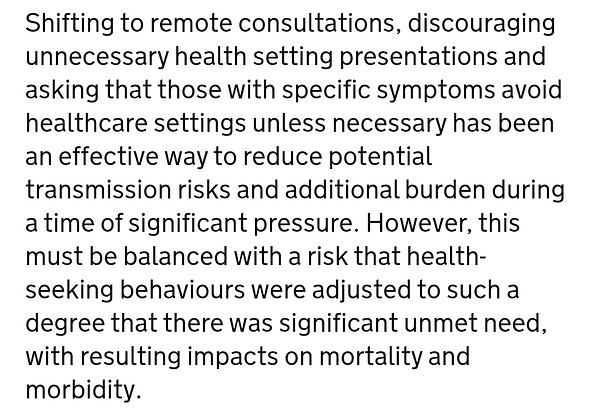
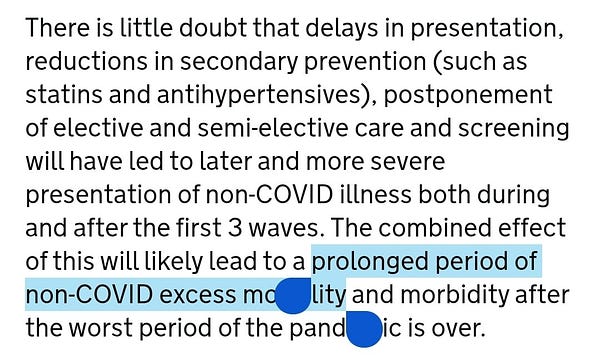

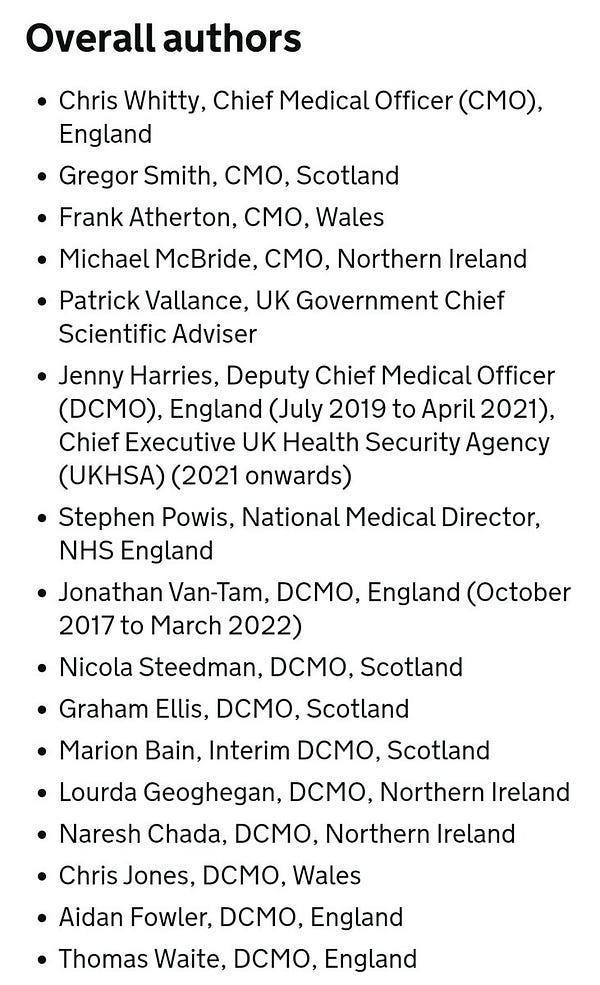
Here is the report being discussed.


While there are important points to take from the report there are glaring omissions, for instance the pursuit of herd immunity via a strategy of mass infection in March 2020 is glossed over. This is the government’s advisers marking their own homework, for example Jenny Harries has previously claimed children had more chance of being struck by lightning than being infected with covid, she also claimed contact tracing wasn’t suitable for the UK and said that mask wearing would increase transmission.
The section on NPIs in education settings begins by claiming the government was focused on reducing transmission in schools as far as possible and also to continue education. This sets up a false argument that measures inhibit education, in reality the aim of DfE guidance was for minimal measures for as short a time as possible as stated in the Containment Framework for September 2020.
Failure to address transmission in schools led to constant disruption and staff shortages. The report also incorrectly claims flu is more harmful to children than covid.
The report says there isn’t much evidence on long covid in children, but high quality studies suggests its low. ONS figures suggest otherwise but these have been dismissed by the UKs clinical lead on covid in children.
It also states that while schools play a significant role in the transmission of influenza and other viruses, covid is somehow different.
The report makes regular reference to social distancing as a protective measure in schools, DfE guidence stated “social distancing where possible” in reality this meant nowhere inside schools, certainly not in packed classrooms. Secondary bubbles were whole year groups of hundreds and primaries might have two bubbles of up to 15 in the same room.
The report then skips over November and December when the second wave was escalating and education settings were actively blocked from implementing measures.
After claiming schools don’t have a significant role in transmission, the report states R couldnt be brought below 1 if schools remained fully open
The report claims there is little evidence to support mask use, but seems very certain about the harms which is evidenced by some small scale questionnaires.
The report claims schools had social distancing until Summer 2021, ask any education worker how ridiculous this statement is compared to the reality. It also claims face coverings were used as part of outbreak management, this was not DfE policy, masks had been removed in May 2021 and schools that tried to implement masks were contacted and threatened by the DfE.
“Ultimately restrictions were considered a last resort” this contradicts the start of the report that claims the focus was on reducing transmission.
It also mentions ventilation, in the real world in 2021 this was simply telling schools to open a window, if the classroom has them, some don’t.
The report states the importance of ventilation but claims that nearly every classroom is already well ventilated.
It’s worth noting the DfE classed CO2 readings up to 1500ppm to be well ventilated when up to 800ppm is the standard accepted level.
The DfE survey was only open for 7 days, closing before most schools had received their CO2 monitors.

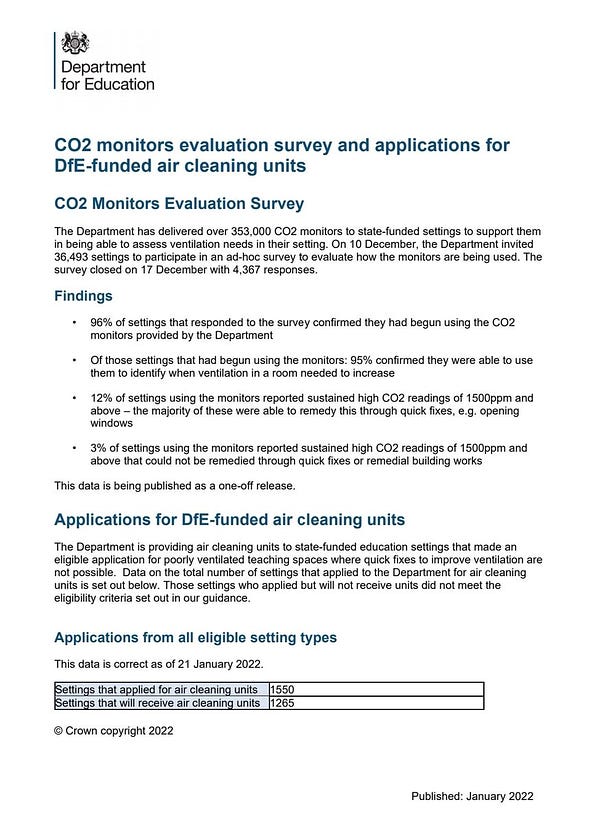
Air filters are said to have a moderate impact, with limited evidence of their effectiveness. They reference the Bradford trials that began in September 2021 and initially were supposed to release results in early 2022. This was then delayed until October 2022, the results still haven’t been published.
The air filters recommended by the DfE are some of the poorer performing filters whilst being some of the most expensive, these models are also particularly noisy meaning the main issues the report raises in regards to air filters could be greatly reduced.
Failure to complete the Bradford study, after waiting a year and a half into the pandemic to start trialling filters without considering better models of filter once again doesn’t fit with the claims reducing transmission was a main focus.
This section of the report concludes with advice for the future.
The advice doesn’t specifically address ventilation and filtration, focusing almost entirely on potential harms of NPIs. There is also no mention in this section regarding how rotas could have been used when schools were partially opened to ensure all students could spend some of each week in school. Several versions of this approach were modelled by SAGE but were rejected by the government. Failure to provide the promised laptops and routers for disadvantaged students is not mentioned
There is no consideration for the failure to address transmission in schools, the implications is that what few measures were in education were too many. The harms of NPIs on certain communities were raised but not the disproportionate harm these communities have suffered from covid despite it having been noted in minutes from multiple SAGE and JCVI meetings.
The questions raised by the BMJ inquiry series paper on UK schools policy being an international outlier were not addressed.

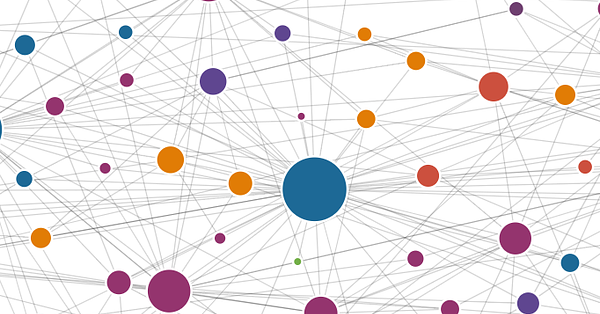
Overall the report paints a picture that does not match the lived experience of front line workers and some of the claims regarding use of measures are inaccurate.



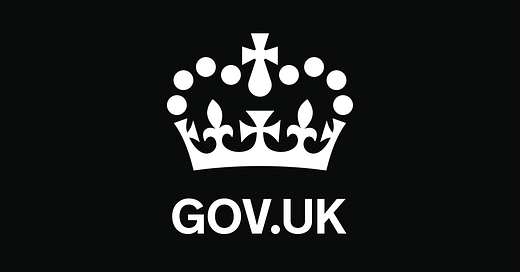















Thank you for shining a light on the reality of covid.